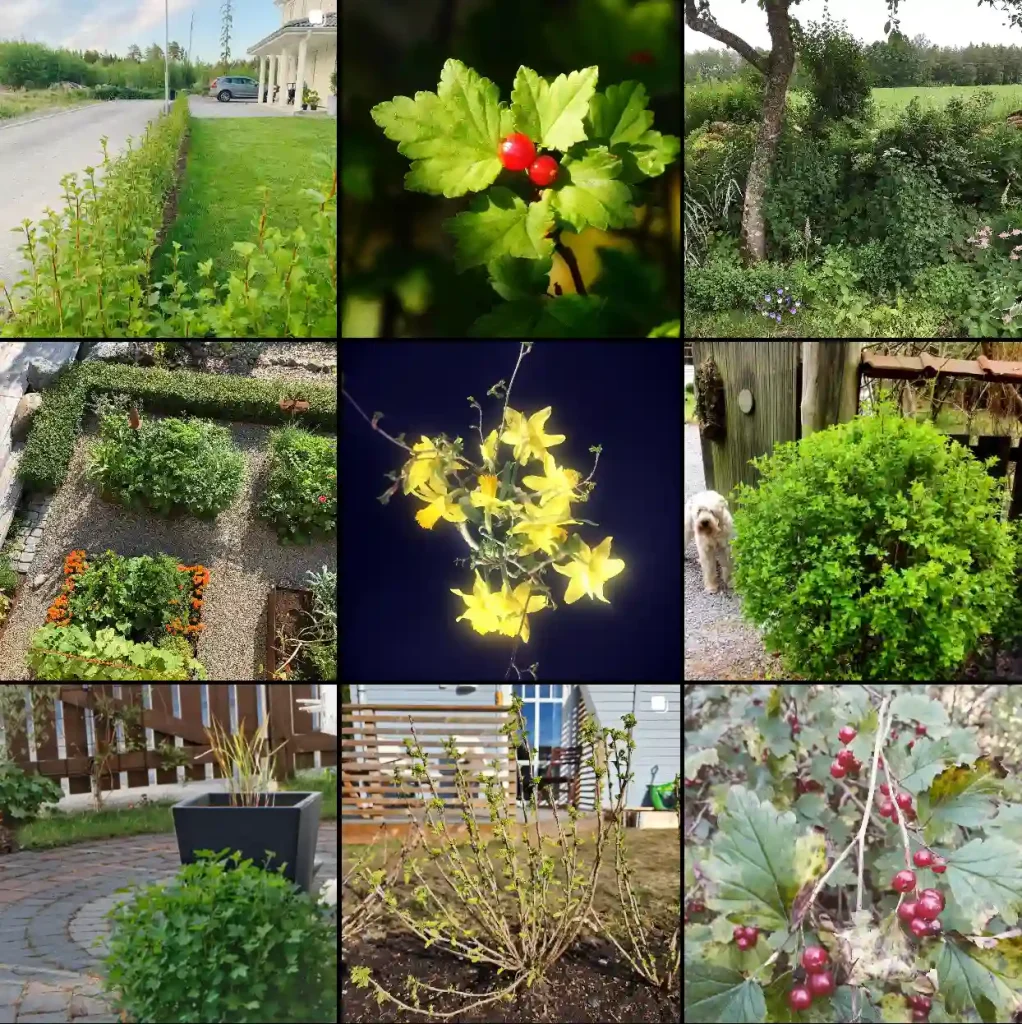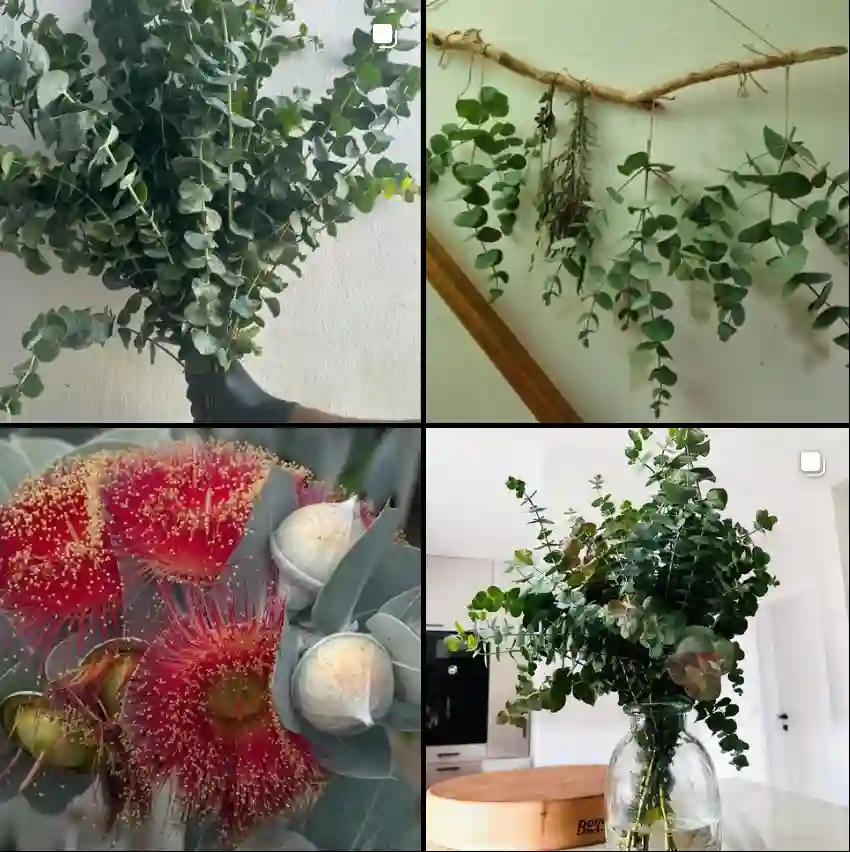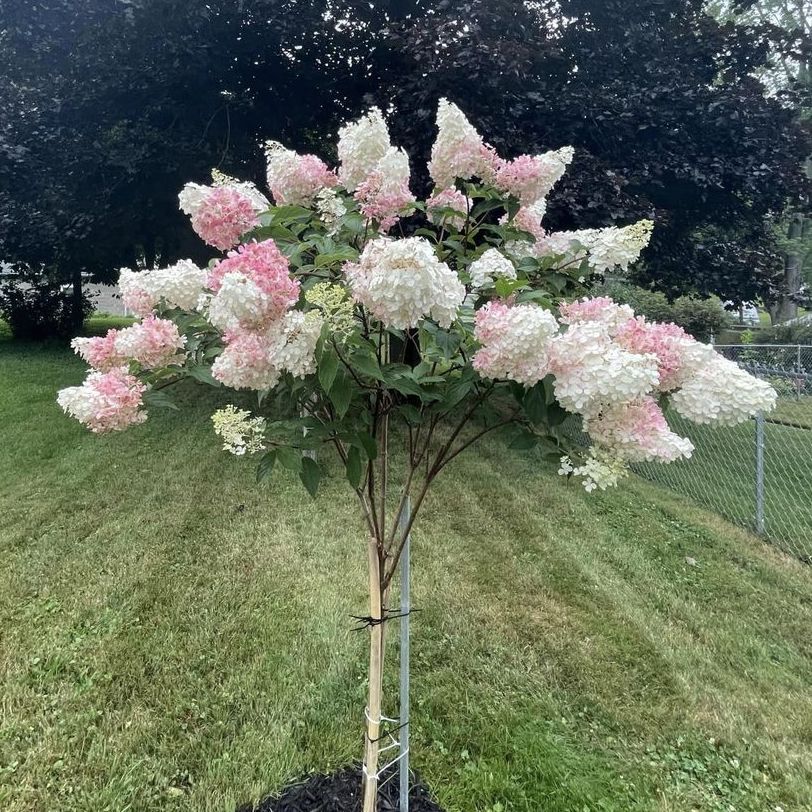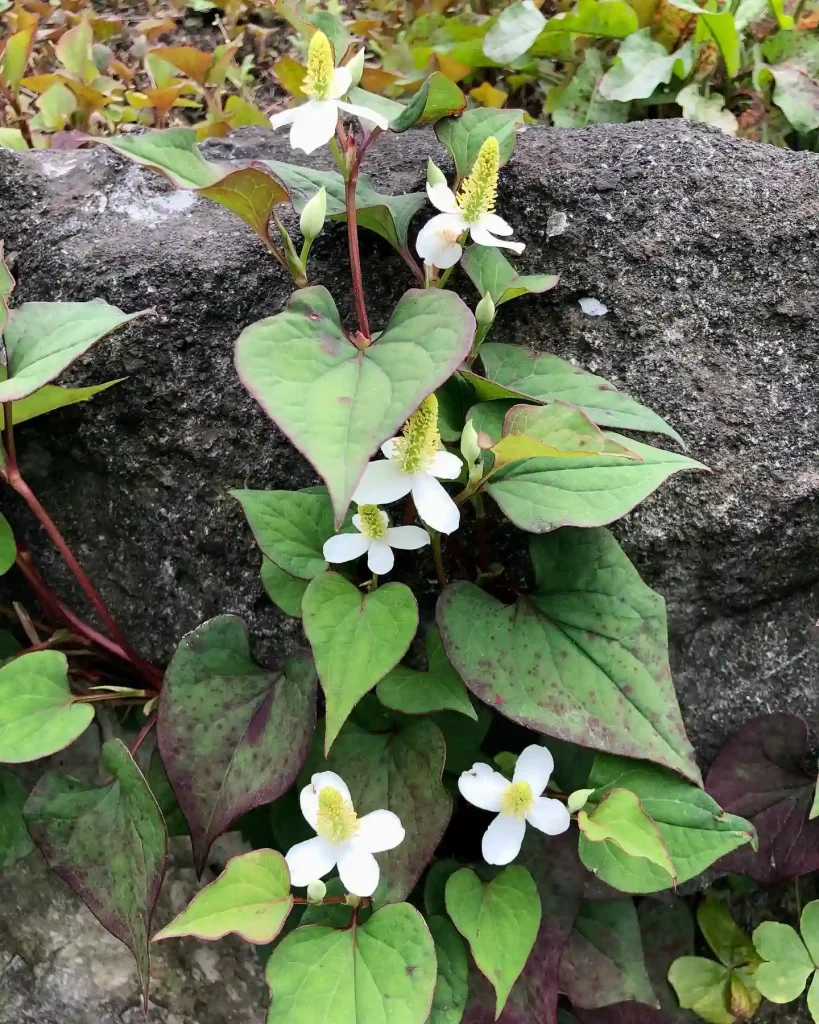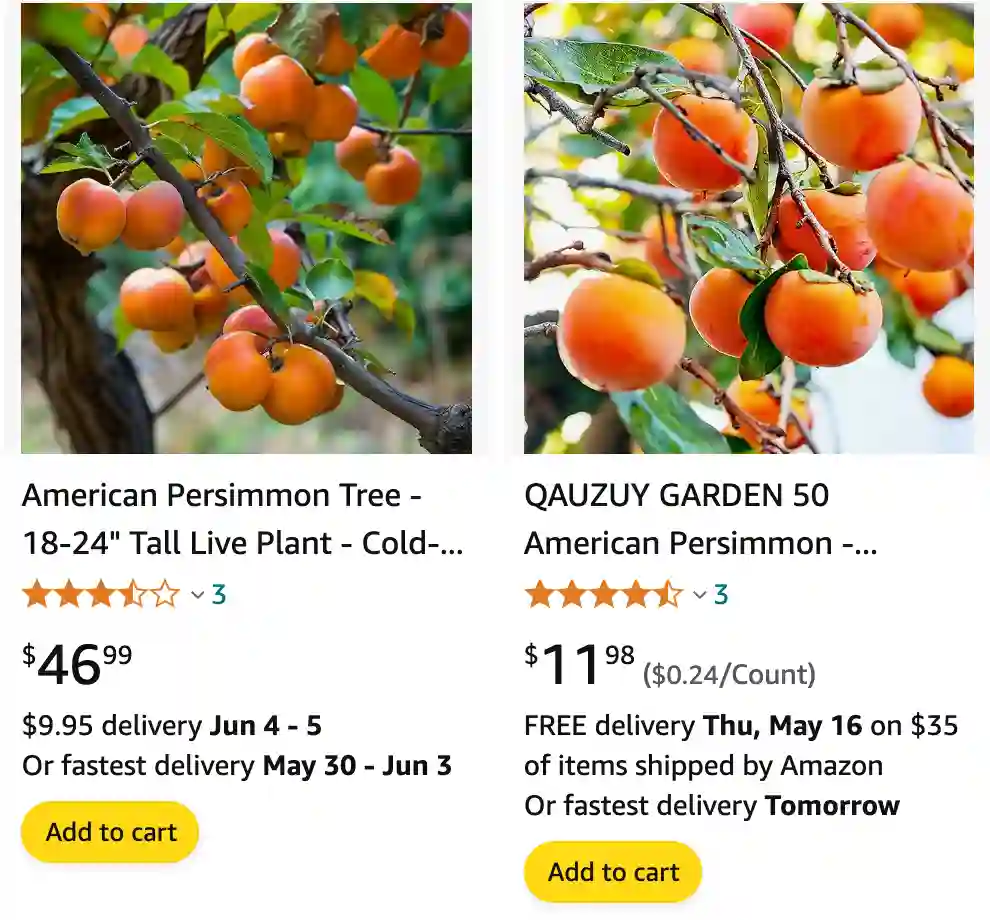
How to grow American persimmon?
Growing American persimmons has been quite the journey for me. I started by selecting a sunny spot with well-drained soil for my tree. I made sure to plant it during the dormant season, typically in late winter or early spring, to give it the best chance to establish its roots. Regular watering, especially during dry spells, and mulching around the base of the tree helped maintain soil moisture and suppress weeds. Pruning in the late winter or early spring helped shape the tree and promote good air circulation, which is essential for preventing diseases. Over time, I’ve learned that patience is key with American persimmons, as they can take several years to start bearing fruit.
What to do with American persimmons?
When it comes to what to do with American persimmons, the possibilities are endless. I love eating them fresh off the tree when they’re ripe, enjoying their sweet and slightly tangy flavor. I also like using them in baking, making pies, jams, and even drying them for a chewy snack. Their versatility in the kitchen makes them a favorite in my household, and I’m always experimenting with new recipes to showcase their delicious taste.
Are American persimmon trees self pollinating?
As for whether American persimmon trees are self-pollinating, I’ve found that while they can produce fruit on their own, having multiple trees nearby can increase fruit set and yield. Bees and other pollinators play a crucial role in the pollination process, so having a diverse garden with plenty of flowering plants can help attract them to your persimmon trees.
Are American persimmons edible?
Yes, American persimmons are definitely edible, but there’s a catch. When they’re not fully ripe, they can be quite astringent, leaving a puckering sensation in your mouth. However, once they’re fully ripe, they’re incredibly sweet and delicious, with a flavor reminiscent of honey and caramel. It’s worth the wait for them to ripen properly before enjoying them.
How big do American persimmon trees get?
In terms of size, American persimmon trees can vary depending on growing conditions and cultivar. On average, they can reach heights of 20 to 30 feet, with a spread of 15 to 20 feet. However, proper pruning can help control their size and shape, making them more manageable in smaller spaces.
How fast do American persimmon trees grow?
As for growth rate, American persimmon trees are considered to be moderately fast growers, especially when they’re young and establishing themselves. With optimal growing conditions and proper care, they can put on several feet of growth each year.
How long for American persimmon to bear fruit?
It typically takes American persimmon trees about 3 to 5 years to start bearing fruit, though this can vary depending on the tree’s age, health, and growing conditions. Patience is key during this time, as the tree focuses on establishing its root system and developing strong branches before it begins to produce fruit.
How to eat American persimmon?
Eating American persimmons is a delightful experience, but there’s a trick to it. When they’re fully ripe and soft to the touch, you can simply cut them in half and scoop out the flesh with a spoon, much like you would with a ripe avocado. Alternatively, you can slice them and add them to salads, desserts, or even savory dishes for a burst of sweet flavor.
How to germinate American persimmon seeds?
Germinating American persimmon seeds is relatively straightforward. After enjoying the fruit, I carefully clean the seeds and then stratify them by placing them in damp paper towels inside a plastic bag in the refrigerator for several weeks. Once they’ve gone through this cold stratification period, I plant them in pots with well-draining soil and keep them moist until they germinate.
What do American persimmons taste like?
American persimmons have a unique flavor profile that’s hard to describe but utterly delicious. When fully ripe, they’re incredibly sweet with hints of honey, caramel, and even floral notes. The texture can vary from soft and custardy to slightly firm, depending on the variety and ripeness.
When are American persimmons ripe?
Well, I’ve found that American persimmons usually ripen in late fall, around October or November, depending on where you are. I remember eagerly waiting for them to turn deep orange and slightly soft to the touch. That’s when they’re at their sweetest and juiciest, perfect for picking and enjoying fresh or using in recipes like persimmon bread or jam.
Are American persimmon seeds edible?
From what I’ve learned, American persimmon seeds are technically edible, but they have a bitter taste and a gritty texture that most people find unpleasant. Personally, I’ve tried munching on them out of curiosity, but I wouldn’t recommend it for enjoyment. However, I’ve heard of people drying and grinding them into a powder to use as a coffee substitute or for medicinal purposes.
Are American persimmons astringent?
Yes, definitely. When they’re not fully ripe, American persimmons have a strong astringent taste that can make your mouth pucker up like nothing else. I vividly remember the first time I bit into an unripe persimmon—it was a memorable experience that I don’t care to repeat. But once they’re fully ripe, that astringency magically disappears, leaving behind a sweet, delicious fruit that’s worth the wait.
Can you eat the skin of American persimmon?
Absolutely! The skin of American persimmons is perfectly edible, and I actually enjoy it quite a bit. It adds a bit of texture and flavor, and since I’m usually too impatient to bother peeling them, I’m glad it’s tasty. Plus, I’ve read that the skin contains lots of nutrients and fiber, so I feel good about eating it.
Can you grow American persimmons from soft wood cuttings?
I’ve never personally tried growing American persimmons from soft wood cuttings, but I’ve heard that it can be done with some success. It seems like it might be a bit tricky and require some patience, but if you’re willing to give it a shot, it could be worth it. From what I understand, it’s important to take the cuttings at the right time and provide them with the proper care and conditions to encourage rooting.
Can you prune American persimmons to keep the trees short?
Yes, you can definitely prune American persimmons to keep the trees short. In fact, it’s often recommended to do so to make harvesting easier and to encourage fruit production. I’ve helped prune persimmon trees before, and it’s a bit of a delicate process to get it just right, but with some care and attention, you can keep your trees at the perfect height for your needs.
American Persimmon vs Asian Persimmon
Between American Persimmon and Asian Persimmon, I find American Persimmon to be less sweet but more flavorful, making it a unique addition to my autumn desserts.
American Persimmon vs Japanese Persimmon
When I compare American Persimmon to Japanese Persimmon, I notice the American variety has a richer, earthier taste, while the Japanese one is sweeter and smoother, perfect for eating fresh.
American Persimmon vs Fuyu
American Persimmon and Fuyu offer different experiences, with American Persimmon’s astringency and robust flavor contrasting with Fuyu’s mild sweetness and crisp texture, which I enjoy more as a snack.
If i die, water my plants!
